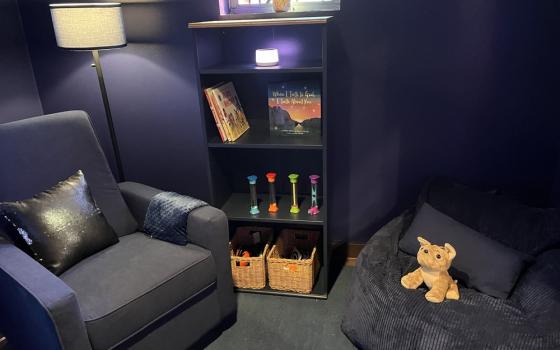
A story in the UK's Telegraph today reports that the Great Pacific Garbage Patch -- a swirling mass of marine litter -- has grown to "roughly the size of Texas."
According to the Telegraph:
Located in the North Pacific Subtropical Gyre, the garbage patch isn't what immediately comes to mind. While bottles, fishing nets and other litter can be found in the gyre, much of the patch is made of small floating plastic debris, mostly hidden to the naked eye, according to the National Oceanic and Atmospheric Administration.
Instead, the particles are the result of a degradation of plastics, resulting in the microscopic particles that commonly float just below the ocean's surface.
The massive amounts of microplastics in the gyre endanger the ocean life, as it places toxic chemicals in the water and attracts uncommon species that can negatively alter the ecosystem.
More from the Telegraph:
The study said the NPSG is providing a new habitat for ocean insects called "sea-skaters" which prey on plankton and fish eggs and are in turn fed on by seabirds, turtles and fish.
The insect, which spends its entire life at sea, needs a hard surface on which to lay its eggs – previously limited to relatively rare items like floating wood, pumice and sea shells.
If microplastic density continued to grow, insect numbers would increase as well, the scientists warned, "potentially at the expense of prey such as zooplankton or fish eggs."


